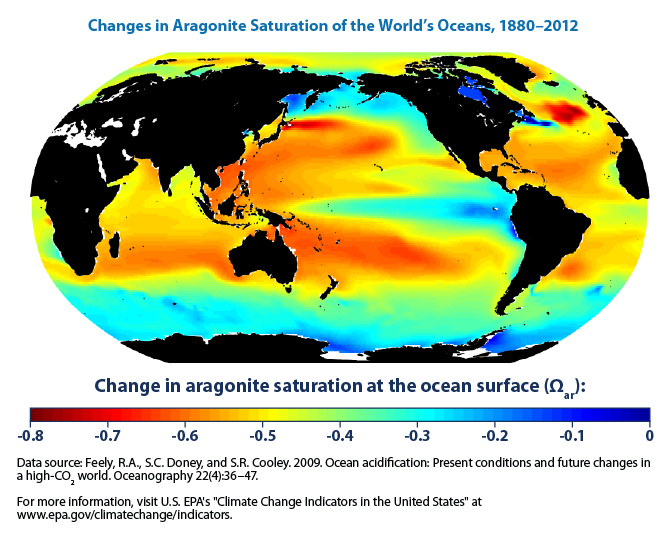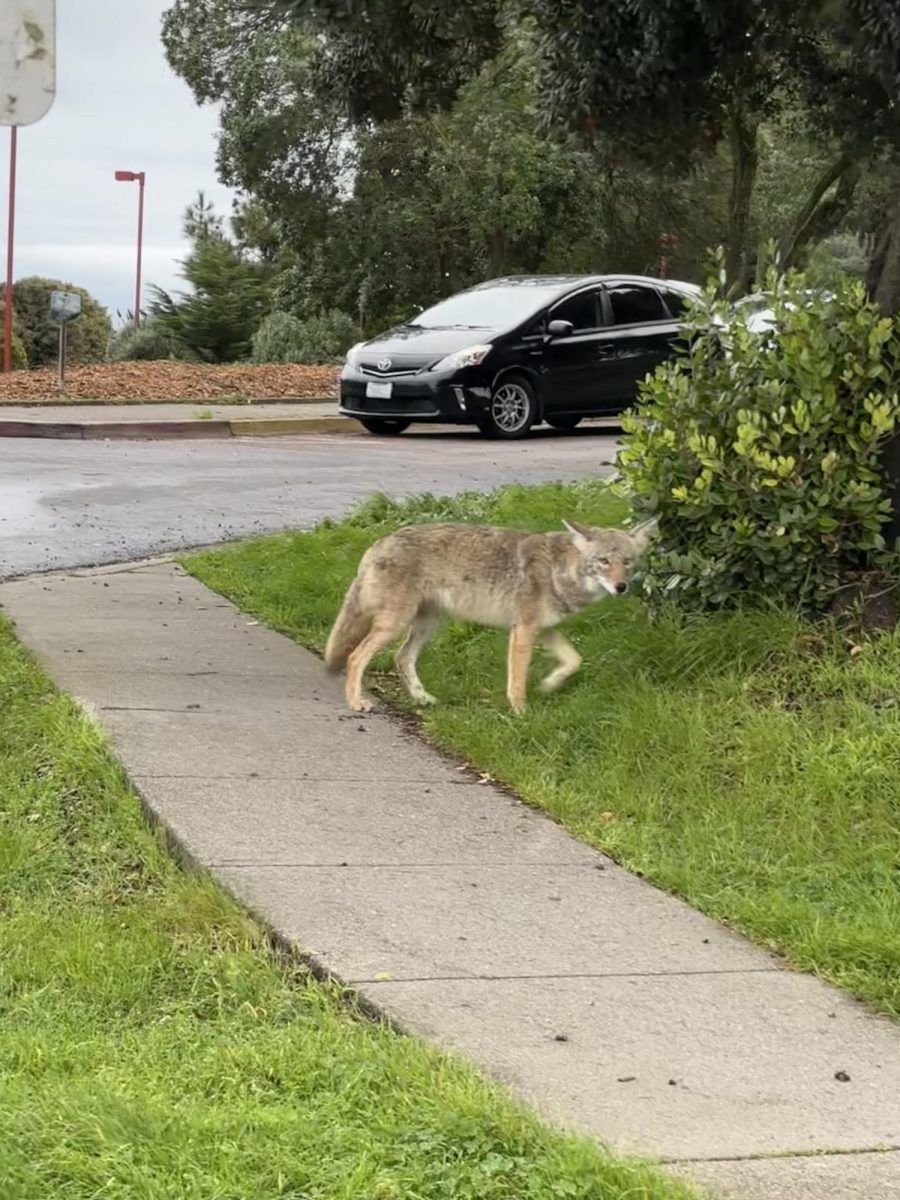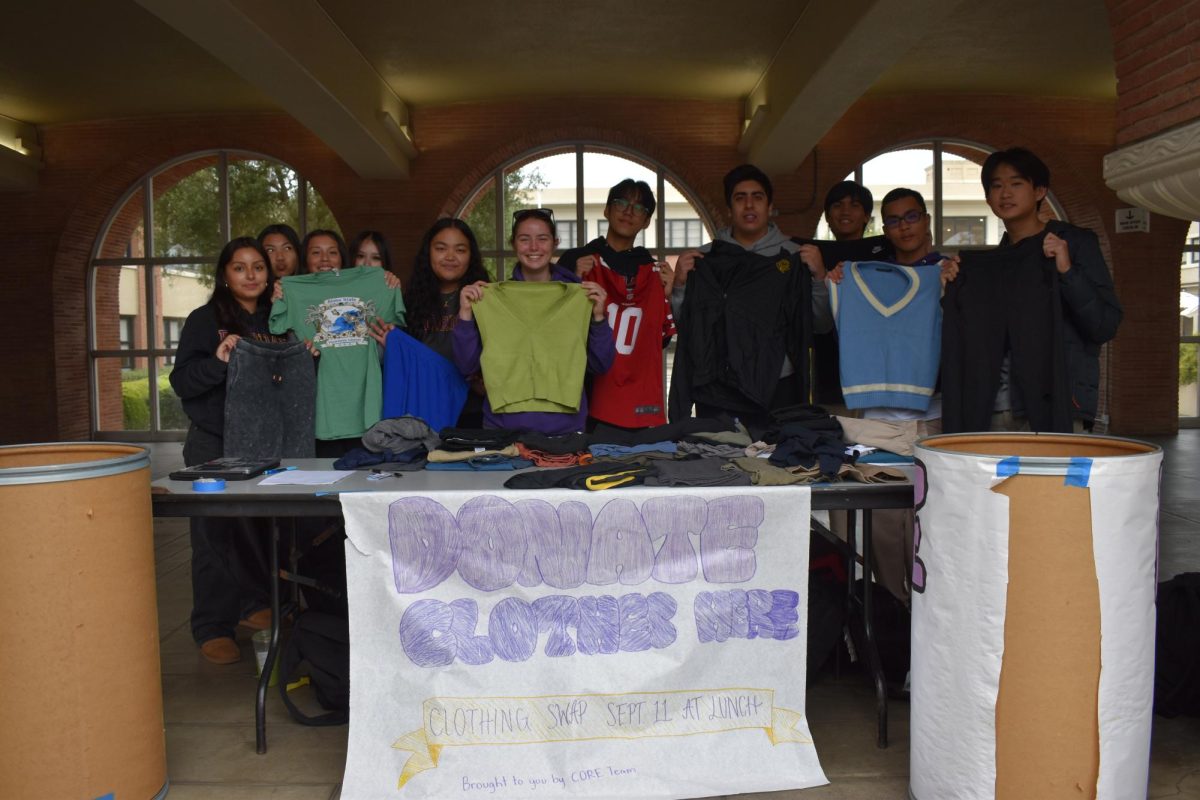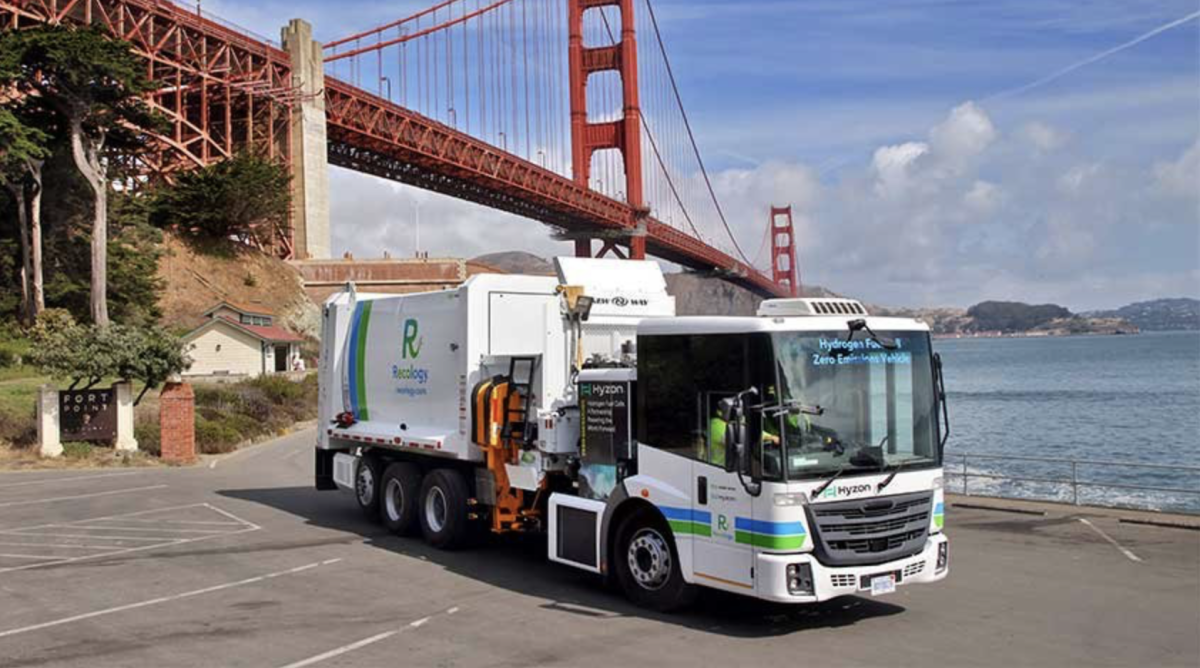Climate cycles and patterns are changing at an unexpected rate in California and across the planet, according to Michael O’Brien, AP Environmental Sciences teacher. The reason for this, is mainly the greenhouse gases emitted by humans, which are released in many different ways.
Since the 18th century, the beginning of the Industrial Revolution, scientists have tracked and reported how global warming trends have increased at a fast rate.
According to energyupgradeca.org, this type of activity, like the use of fossil fuels, or the release of special types of gases, have been increasing the levels of carbon dioxide and other greenhouse gases in the atmosphere.
“With just a rise in temperature in our Earth, then every cycle (air currents, sea level, and ocean currents) changes,” said O’Brien.
This means that one of these changes, such as the rise of temperatures due to the emission of gases to the atmosphere, can change the direction and current of everything, which can lead to a mass extinction of animals, because they would not be able to adapt to brutal changes.
Hurricane Florence, in North Carolina, which caused lots of damage through the area, and the climate change in the Bay Area, where there are now more sunny days than rainy days, are examples of anthropogenic. Anthropogenic is something caused by human activities, like pollution or other emissions of carbon gases to the ozone.
But, O’Brien said, “There is still a reason for hope! A hole in the ozone appeared in the 1980s and scientists started to realize that the sun’s rays were penetrating through the atmosphere, actually burning people’s skin.”
He added, “After some months of investigation, they realized that it was caused by the releasing of a hydrocarbon called chlorofluorocarbons, which is any of several volatile, inert, saturated compounds of carbon, fluorine, chlorine, and hydrogen: used as refrigerants, foam-blowing agents, solvents, and, formerly, as aerosol propellants. Then scientists became concerned about depletion of the atmospheric ozone layer.
The discontinuation of these hydrocarbons in the production and market resulted in the ozone hole being filled and secured.
According to energyupdgradeca.org, “in California, much of the state’s energy still comes from our dependence on fossil fuels like natural gas or oil.” In addition, “there is greenhouse effect, when the sun’s heat gets trapped in the planet’s lower atmosphere and due to the bounce of this heat on the planet’s surface, the heat of the sun is unable to escape from the planet’s atmosphere because the gases get trapped, forming a special wrap or cover around the Earth. This causes the surface to heat even more because it is being trapped.”
Some scientists argue that this is why California suffers from large, uncontrollable forest fires, because the heat is too high on land and the surrounding areas are unable to support it.
“Taken as a whole, the range of published evidence indicates that the net damage is likely to be significant and to increase over time” the Intergovernmental Panel on Climate Change stated. Scientists from the NASA have high “confidence” that global temperatures will continue to rise for decades to come, due to human activities, mostly. The intergovernmental panel includes more than 200 scientists from the U.S. and other countries.
“Climate change isn’t a retreat threat—it’s happening now. The past three years were hotter than any other time in recorded history,” according to nature.org. Global warming has existed for more than 10 years and scientists worry that people have become so apathetic, that they just care about themselves.
“Climate action must come from the ground up,” declared Lynn Scarlett, the Nature Conservatory’s Co-Chief External Affairs Officer. “Already, we’re seeing the greatest momentum come from the people who are facing everyday challenges due to climate change.”
O’Brien proposes two solutions: “Educate people to be more responsible toward their daily activities and advise them that they are affecting their living world, and that if the actions continue, they will risk the lives of their children and the future generations will be affected, or worse, they won’t even get to live the lives that we are living.”
“The second solution will be to slow the production of certain technology or things that emit carbon dioxide, but don’t STOP its production because it might really affect global economies. We depend a lot on the technology that produces these types of gasses, so if we stop its production, the economy might fluctuate or even drive into a recession.”
People all over the world depend a lot on the technology that produces these types of gases and they are used in many products or machines, so if production is halted the economy might fluctuate. But, one way people can contribute to the betterment of the environment is by burning fewer emissions. Some think that hybrid or electric cars are really helping the environment, but by plugging it in to recharge the battery, more energy is wasted. “If we don’t act now, it will continue at an exponential rate to increase temperatures unless we slow it down,” said O’Brien.
Campus Meteorologist Antonio Maffei ’20 warns that “Climate change has already affected ongoing wildfires as winds become more unpredictable. Firefighters have no idea where the fire is heading and how big it’s going to get, but we’re beginning to see San Francisco Bay rise. If this current trend continues, landmarks such as AT&T Park and San Francisco International Airport will be gone by 2045.”
Yet, there is hope. People can do their part. For example, “I try not to buy too many plastic water bottles, instead I try to drink from the water fountain,” O’Brien said. Also, “Using one car at time, to take my whole big family to places, instead of taking two.”
On Oct. 8, according to published reports, the UN Intergovernmental Panel on Climate Change (IPCC), said “the planet will reach the crucial threshold of 1.5 degrees Celsius (2.7 degrees Fahrenheit) above pre-industrial levels by as early as 2030, precipitating the risk of extreme drought, wildfires, floods and food shortages for hundreds of millions of people.”
Notably, the planet “is already two-thirds of the way there, with global temperatures having warmed about 1-degree C.”








